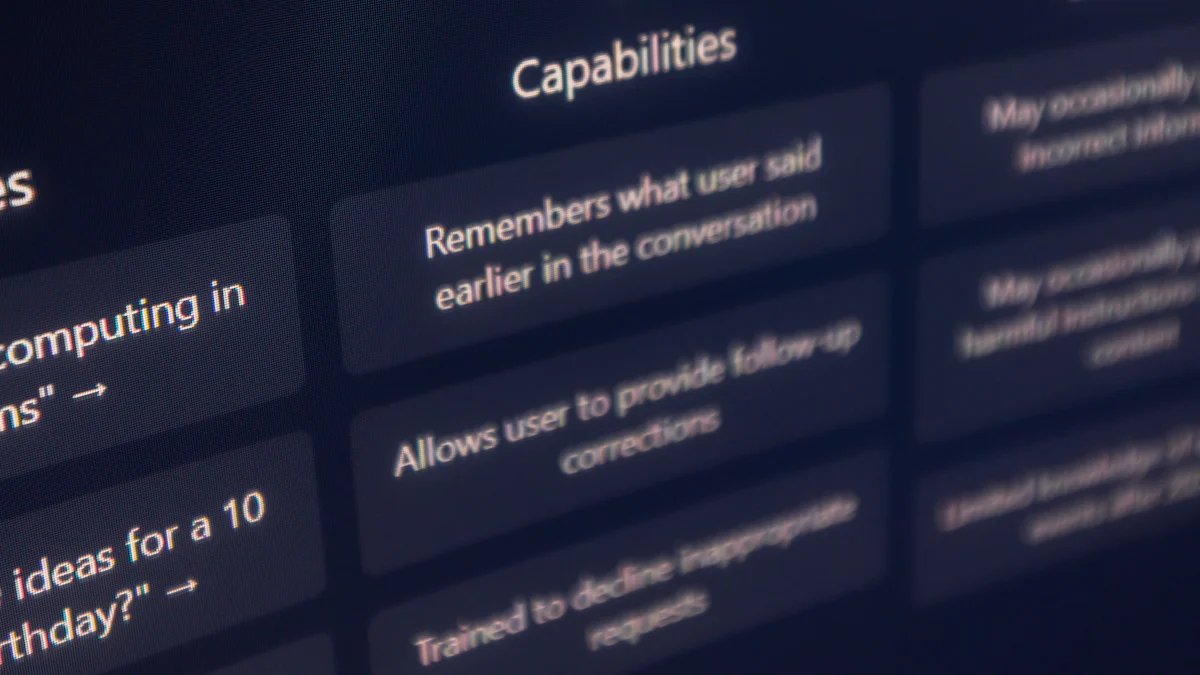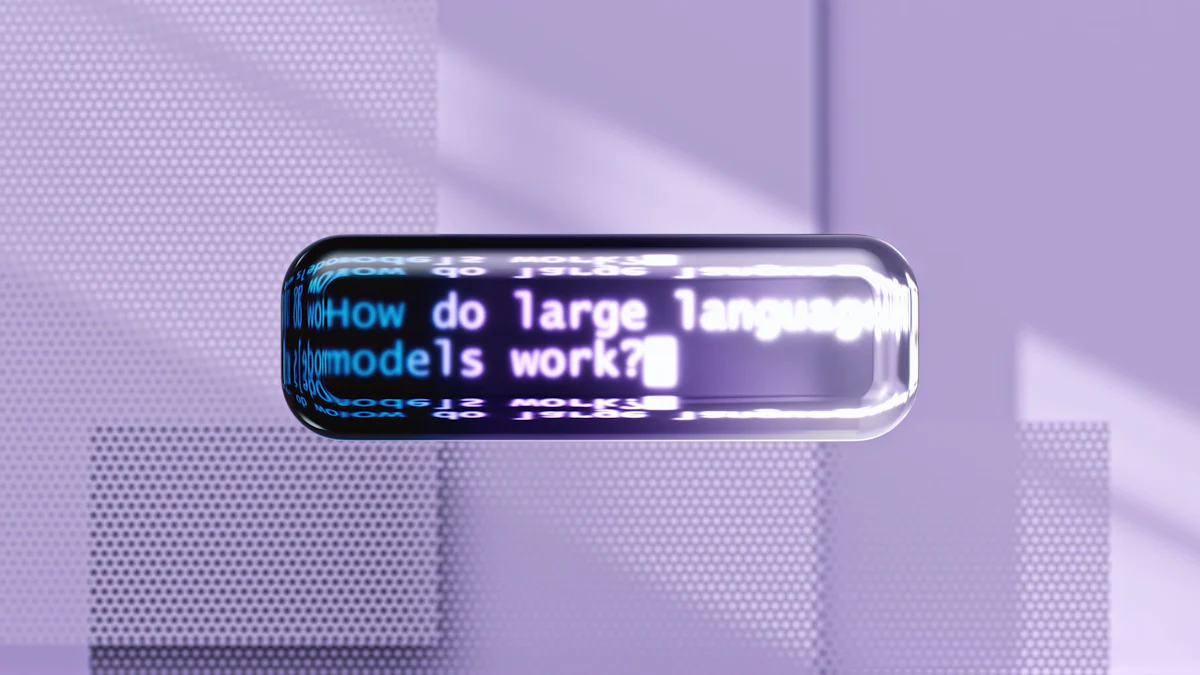How to Use AI Content Detectors Effectively

AI content detectors have become essential tools for ensuring the authenticity of written content. These AI content detectors help organizations verify whether text originates from human authors or AI systems. Effective use of these tools can preserve the quality and credibility of various platforms, including journalism and education. For example, Originality.AI claims a 99% accuracy rate in detecting AI content, highlighting the importance of choosing reliable tools. Understanding how to use these AI content detectors effectively can significantly enhance content integrity and trustworthiness.
Understanding AI Content Detectors

What Are AI Content Detectors?
Definition and Purpose
AI content detectors serve a crucial role in distinguishing between human-generated and machine-generated text. These tools analyze various features of the text to identify patterns consistent with AI writing. The primary purpose of an AI content detector is to ensure the authenticity and originality of written content. This verification process helps maintain the credibility of platforms like journalism, education, and content marketing.
Types of AI Content Detectors
Different types of AI content detectors exist to meet various needs. Some detectors focus on specific industries, while others offer general-purpose solutions. For example, Writer.com AI Content Detector specializes in content marketing and provides an API-based solution for detecting AI-generated content. Another type of detector might focus on academic integrity, ensuring that student submissions are original. Each type of detector uses unique algorithms and techniques to achieve its goals.
How Do AI Content Detectors Work?
Machine Learning Algorithms
AI content detectors rely heavily on machine learning algorithms. These algorithms analyze large datasets to learn the characteristics of human and AI-generated text. Techniques like N-grams, syntax analysis, and lexical analysis help these detectors identify patterns. The detectors then use these patterns to evaluate new pieces of text. This process allows the detectors to provide a probability score indicating whether the text is likely human-written or AI-generated.
Data Analysis Techniques
Data analysis techniques play a vital role in the functionality of AI content detectors. These techniques involve examining the text's features, such as word choice, sentence structure, and overall coherence. For instance, AI-generated text often exhibits a low level of randomness in word choice and sentence length. By analyzing these features, detectors can distinguish between human and machine-generated content. Tools like Writer.com AI Content Detector utilize advanced data analysis methods to enhance their accuracy.
Key Features of AI Content Detectors
Accuracy and Precision
Accuracy and precision are critical features of any AI content detector. High accuracy ensures that the detector correctly identifies AI-generated content, while precision reduces the likelihood of false positives. For example, Originality.AI claims a 99% accuracy rate, making it a reliable choice for users. Accurate detectors help maintain the integrity of the content by minimizing errors.
Speed and Efficiency
Speed and efficiency are also essential features of AI content detectors. Users need quick results to make timely decisions about the content's authenticity. Efficient detectors can analyze large volumes of text in a short period, making them suitable for high-demand environments like newsrooms and academic institutions. Writer.com AI Content Detector offers a 350-word limit per analysis, ensuring rapid and efficient evaluations.
Challenges of Using AI Content Detectors
Common Issues
False Positives and Negatives
AI content detectors often struggle with false positives and negatives. False positives occur when the detector incorrectly flags human-written content as AI-generated. This issue can undermine the credibility of the detection tool. For example, some users report frequent false positives in identifying human content. On the other hand, false negatives happen when the detector fails to identify AI-generated text. These inaccuracies can lead to significant consequences, especially in academic integrity cases. Experts believe that current tools cannot reliably detect AI content, highlighting the need for continuous improvement.
Contextual Misunderstandings
AI content detectors face challenges in understanding context. These tools analyze text based on patterns and features but may miss the nuances of human language. Contextual misunderstandings can lead to incorrect evaluations. For instance, AI-generated text may mimic human writing styles, making it difficult for detectors to distinguish between the two. Users must remain aware of these limitations to make informed decisions about content authenticity.
Ethical Considerations
Privacy Concerns
Privacy concerns arise when using AI content detectors. These tools often require access to large datasets to function effectively. Users must consider the implications of sharing sensitive information with third-party services. Ensuring data privacy and security remains a critical aspect of using these tools responsibly. Organizations must establish clear policies to protect user data while leveraging the benefits of AI detection.
Bias in AI Models
Bias in AI models presents another ethical challenge for AI content detectors. Machine learning algorithms can inherit biases from the training data. These biases can affect the accuracy and fairness of the detection process. For example, certain linguistic styles or cultural references may be misinterpreted by the detector. Addressing bias in AI models requires ongoing efforts to improve algorithmic transparency and inclusivity. Users should remain vigilant about the potential for biased outcomes and advocate for fairer AI practices.
Practical Tips for Using AI Content Detectors Effectively

Choosing the Right Tool
Evaluating Features
Selecting an AI content detector requires careful evaluation of its features. Users should prioritize tools that offer high accuracy and precision. For instance, Originality.AI claims a 99% accuracy rate, which ensures reliable detection. Speed and efficiency also matter. Tools must deliver quick results to facilitate timely decision-making. Additionally, consider the tool's adaptability to different text types and industries. Some detectors, like Writer.com AI Content Detector, specialize in specific fields such as content marketing.
Considering User Reviews
User reviews provide valuable insights into the performance of an AI content detector. Reviews often highlight real-world experiences and potential issues. For example, users of CrossPlag reported a 90% detection rate for AI-written samples. This feedback helps gauge the tool's reliability. Look for reviews that discuss both strengths and weaknesses. Positive testimonials can reinforce confidence in the tool's effectiveness, while negative feedback can alert users to potential pitfalls.
Best Practices
Regular Updates and Training
Regular updates and training are crucial for maintaining the effectiveness of an AI content detector. Machine learning algorithms require continuous improvement to adapt to new AI writing techniques. Developers should frequently update the tool to enhance its accuracy. Users must also stay informed about these updates. Regular training sessions can help users understand new features and functionalities. This proactive approach ensures the detector remains effective over time.
Combining with Human Oversight
Combining AI content detectors with human oversight enhances accuracy. While detectors offer speed and efficiency, humans provide contextual understanding. For instance, human reviewers can identify nuances that AI might miss. This combination reduces the risk of false positives and negatives. Organizations should implement a system where AI detection serves as the first line of defense, followed by human verification. This dual approach ensures higher reliability in content authenticity checks.
Avoiding Detection
Ethical Implications
Avoiding detection by AI content detectors raises significant ethical concerns. Some users may attempt to bypass detection for dishonest purposes. This practice undermines the integrity of platforms that rely on content authenticity. Ethical implications include academic dishonesty and misinformation. Users must recognize the importance of maintaining ethical standards. Organizations should enforce strict policies against attempts to deceive AI detectors.
Techniques to Bypass Detection
Various techniques exist to bypass AI content detectors, but using them can have serious consequences. Methods include altering sentence structures, using synonyms, and inserting special characters. These tactics aim to trick the detector into misclassifying AI-generated text as human-written. However, reliance on such techniques can damage credibility and trust. Users should focus on producing genuine content rather than attempting to deceive detection tools.
Limitations and Potential Improvements
Current Limitations
Technical Constraints
AI content detectors face significant technical constraints. Many tools struggle with accurately distinguishing between human-written and AI-generated text. For instance, Originality.ai claims a 99% accuracy rate, but other tools like Content at Scale report only 85% accuracy. These discrepancies highlight the need for more reliable detection methods. Machine learning algorithms require extensive training data to improve accuracy. However, acquiring diverse and comprehensive datasets remains challenging. Limited computational resources also hinder the performance of AI content detectors. High processing power is essential for analyzing large volumes of text quickly and accurately.
User Experience Issues
User experience issues present another limitation for AI content detectors. Many users find these tools difficult to navigate. Complex interfaces can deter users from effectively utilizing the detectors. Speed and efficiency also impact user satisfaction. Tools that take too long to analyze text can frustrate users. For example, some detectors impose word limits per analysis, restricting their usability in high-demand environments. Additionally, false positives and negatives can undermine user trust. Frequent inaccuracies may lead users to question the tool's reliability. Improving user experience requires addressing these pain points to ensure seamless and effective use.
Future Outlook
Advancements in AI Technology
Advancements in AI technology promise to enhance the capabilities of AI content detectors. Researchers continue to develop more sophisticated machine learning algorithms. These advancements aim to improve the accuracy and precision of detection tools. For example, integrating natural language processing (NLP) techniques can help detectors better understand context. Enhanced algorithms will also reduce the occurrence of false positives and negatives. Continuous innovation in AI technology will drive the evolution of more reliable and efficient AI content detectors.
Potential Enhancements
Potential enhancements can further improve AI content detectors. Developers should focus on creating more user-friendly interfaces. Simplified navigation and intuitive design will enhance user experience. Increasing the processing speed of detectors will also benefit users. Faster analysis times will enable timely decision-making. Expanding the capabilities of detectors to handle larger volumes of text will make them more versatile. Additionally, incorporating advanced data analysis techniques can boost accuracy. For instance, using deep learning models can help detectors identify subtle patterns in text. Implementing these enhancements will ensure that AI content detectors remain valuable tools for maintaining content authenticity.
AI content detectors play a vital role in maintaining the authenticity of written content. Key points include understanding the functionality, addressing challenges, and implementing best practices. The future of AI content detectors promises advancements in technology and improved user experiences. Users should:
Choose tools with high accuracy and regular updates.
Combine AI detection with human oversight for better reliability.
Stay informed about ethical implications and avoid deceptive practices.
Adopting these strategies will ensure effective use of AI content detectors, enhancing content integrity and trustworthiness.
See Also
The Significance of AIGC in Search Engine Optimization
Becoming an SEO Expert: A Detailed Roadmap to Optimization
Top 5 Fundamental SEO Concepts Every Online Marketer Must Understand
